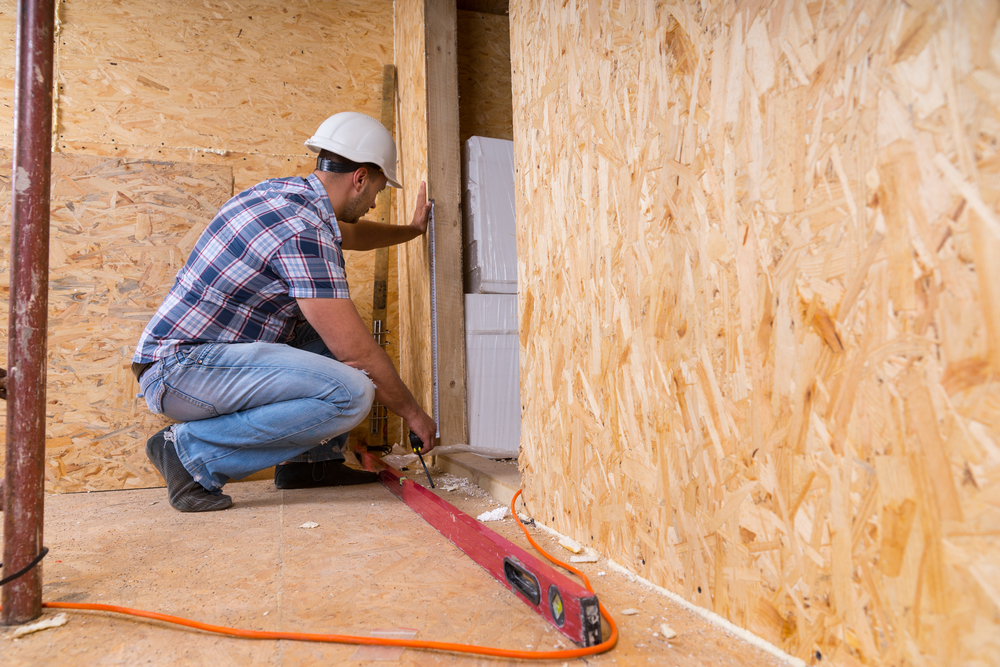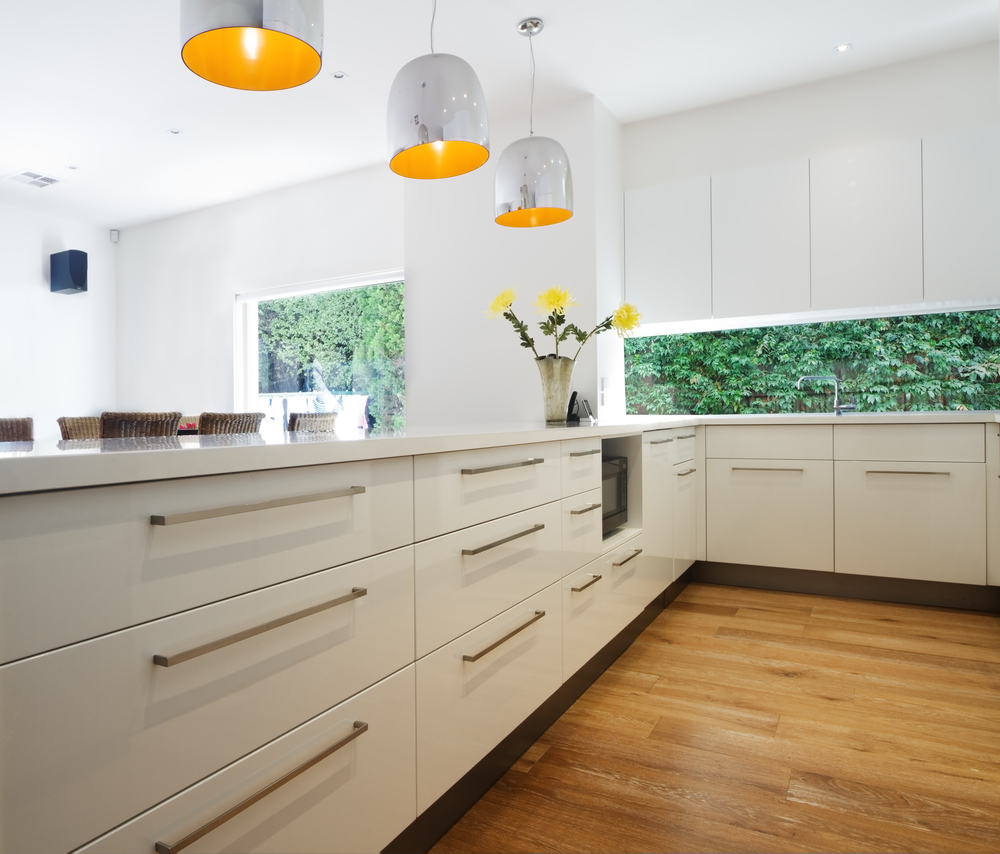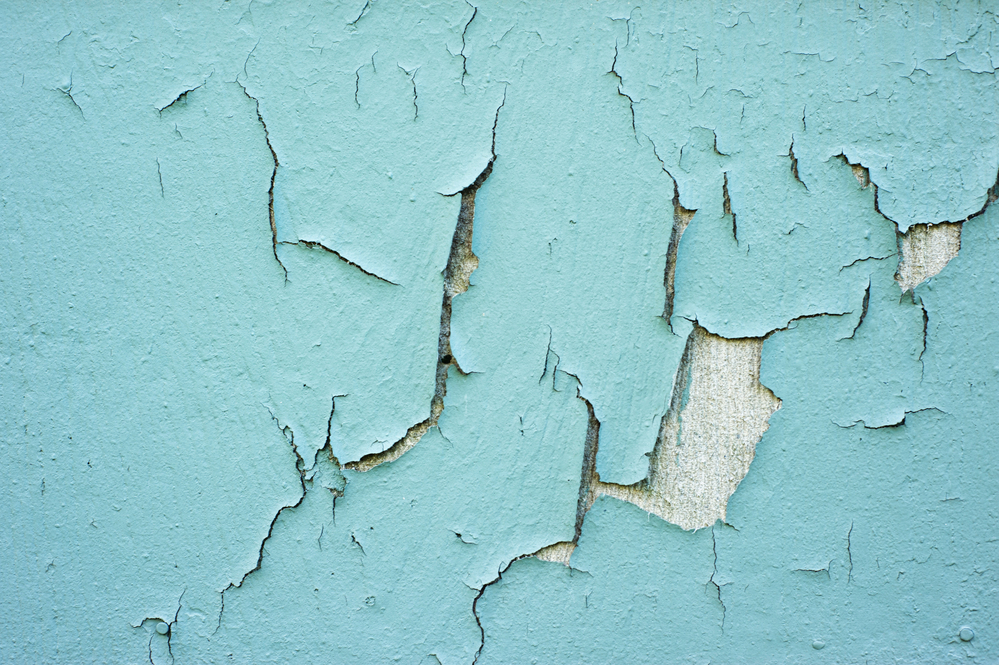Homebuyers often believe that if they purchase new properties, they will not need to worry about having any inspections performed. However, having a complete handover inspection carried out is just as essential as ensuring that you buy a home in the right suburb at a price you can comfortably afford. Below are some crucial points you need to know regarding these inspections.
What is a Handover Inspection?
A handover inspection is a full property inspection that is carried out on a newly built home, and once completed, it involves a comprehensive report being provided to the buyer before they take possession of the property from the builder.
It is essential to have a handover inspection performed before releasing the contractor from the project. Failure to do so will leave you at high risk of having to cover post-build costs to address and rectify defects that may be present or arise at a later stage. In many cases, you will also face lengthy dispute processes, which can be costly.
When having the inspection performed before releasing the contractor, it will also be mandatory for them to rectify defaults that have been detected during the inspection at their expense.
What a Handover Inspection Involves
A handover inspection will involve checking interior and exterior walls, all foundations, cladding, roofing, ceilings, fittings, fixtures and any other aspects relating to the construction process to ensure that work has been completed according to the buyer’s expectations as well as current Australian Standards and Tolerances.
- In some cases, it is possible to have a multi-stage handover inspection performed. This will ensure that all aspects of a newly built home are compliant as they are being completed. Below is a basic breakdown of a multi-stage handover inspection:
- Base stage – takes place before the slab is poured
- Frame stage – occurs upon completion of initial framework
- Lock-up stage – occurs on completion of roof installation, window installation and outside cladding
- Fixing stage – the home is inspected internally for cabinetry, plaster, carpentry and tiling defects
- Practical Completion or Handover – this is a thorough inspection that will take place once the builder is fully satisfied that construction and cleanup have been completed
- Warranty inspection – takes place within 12 months as a follow-up or second handover inspection to check for problems that may have arisen
Why these Inspections are Crucial
Although most buyers think they will not have any problems when purchasing new homes, this is often not the case. These days though, builders face an ongoing challenge of having to provide high quality construction at the most competitive prices possible. This has resulted in several new homes being found to be fraught with defects.
Having a handover inspection carried out will not only ensure that construction is industry compliant; it will also ensure that termite barriers have not been damaged during construction. If you are keen to have a new home built and would like to learn more about how the handover Inspection process works, contact us today.




